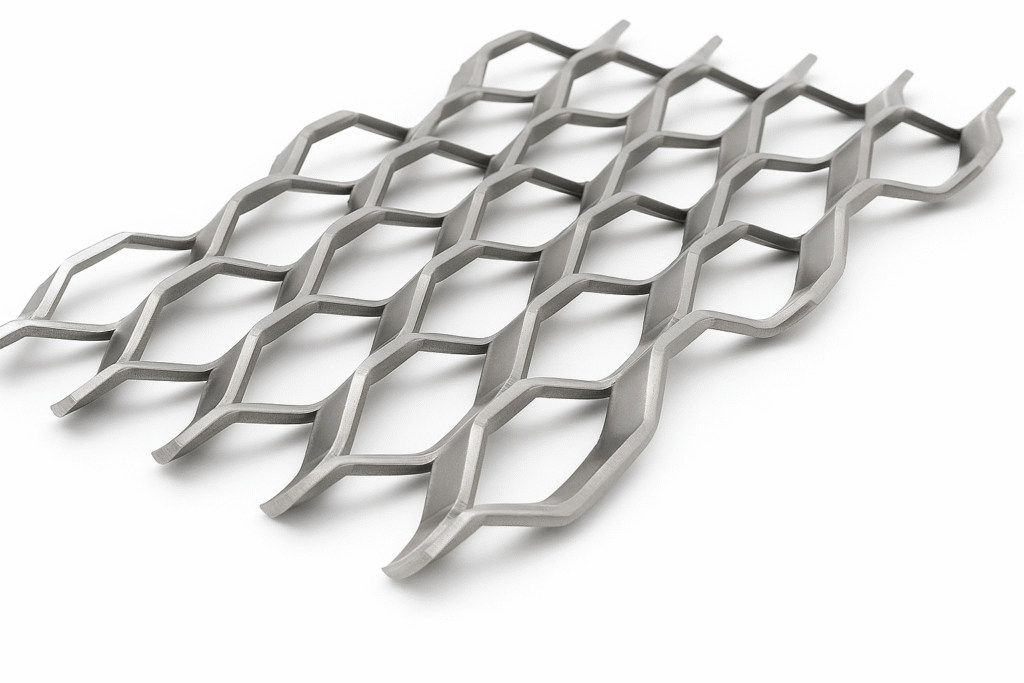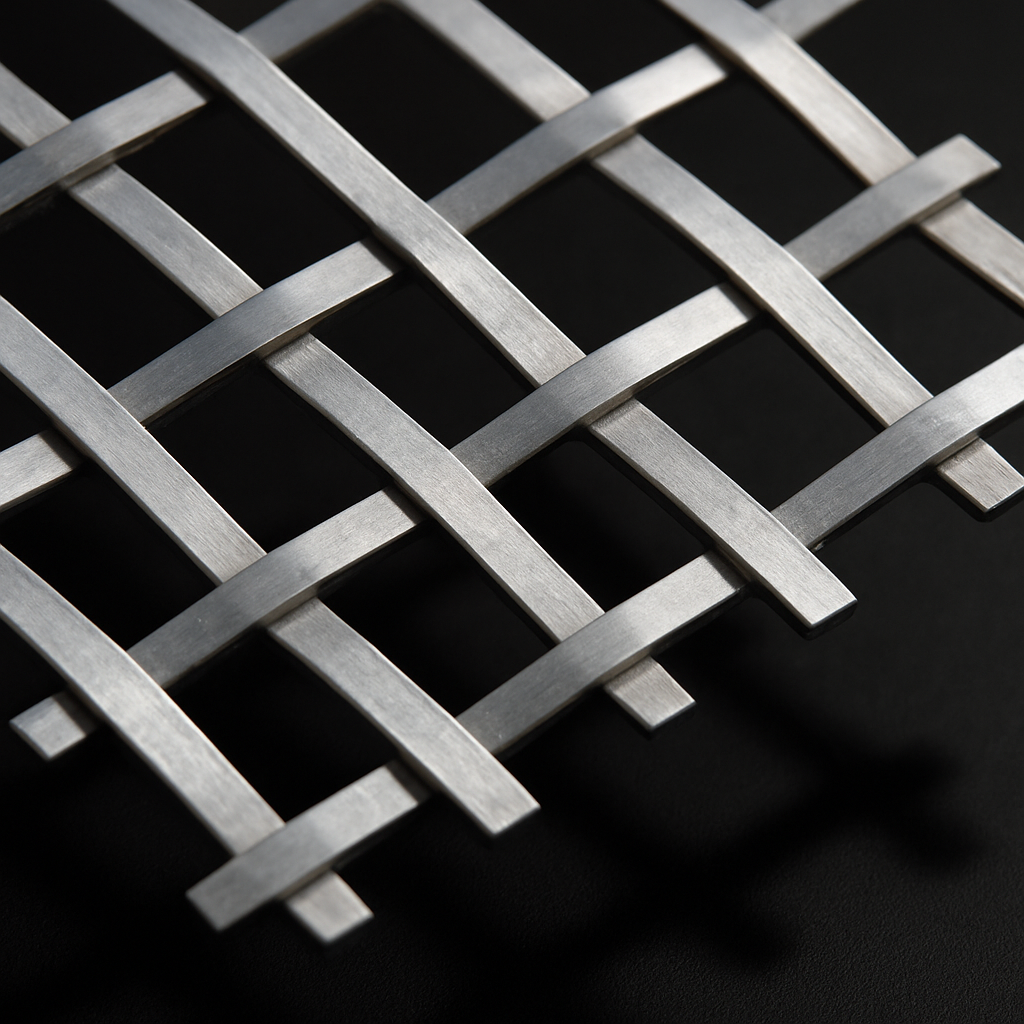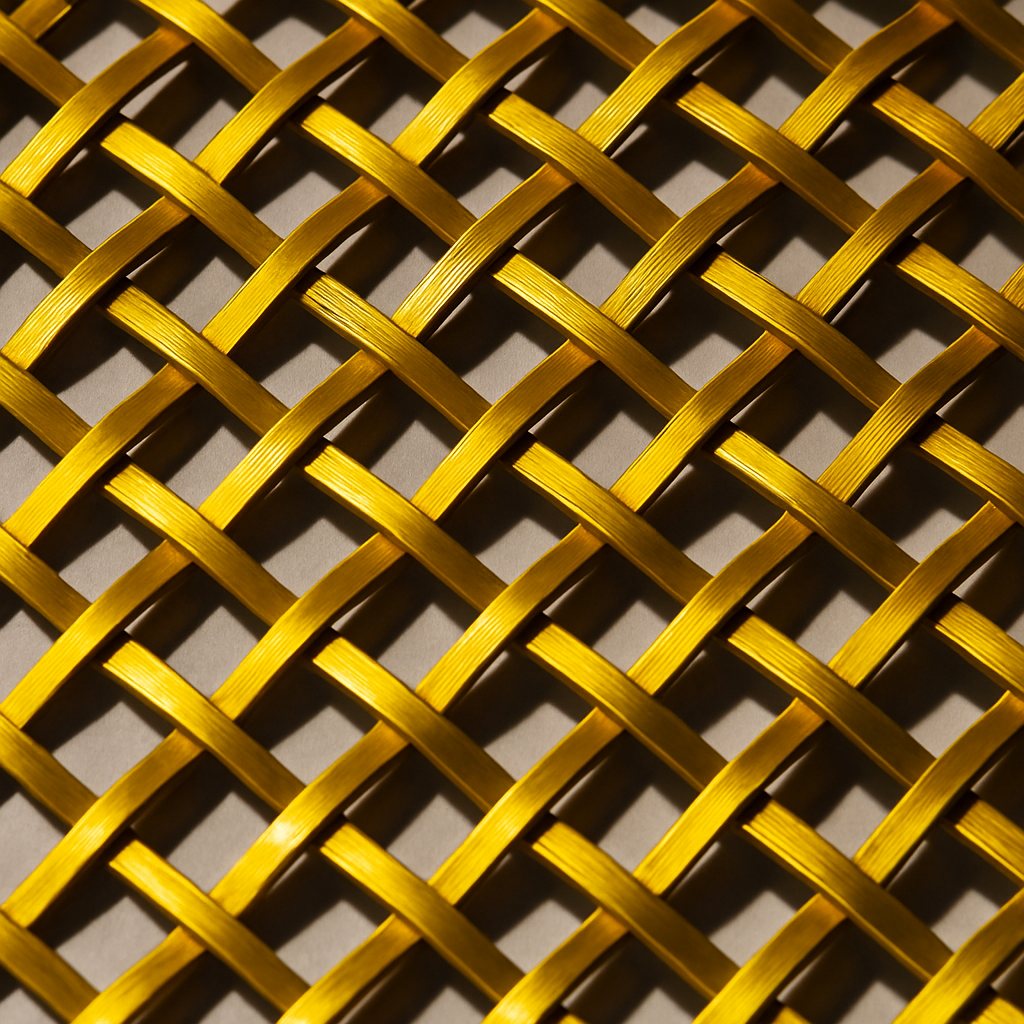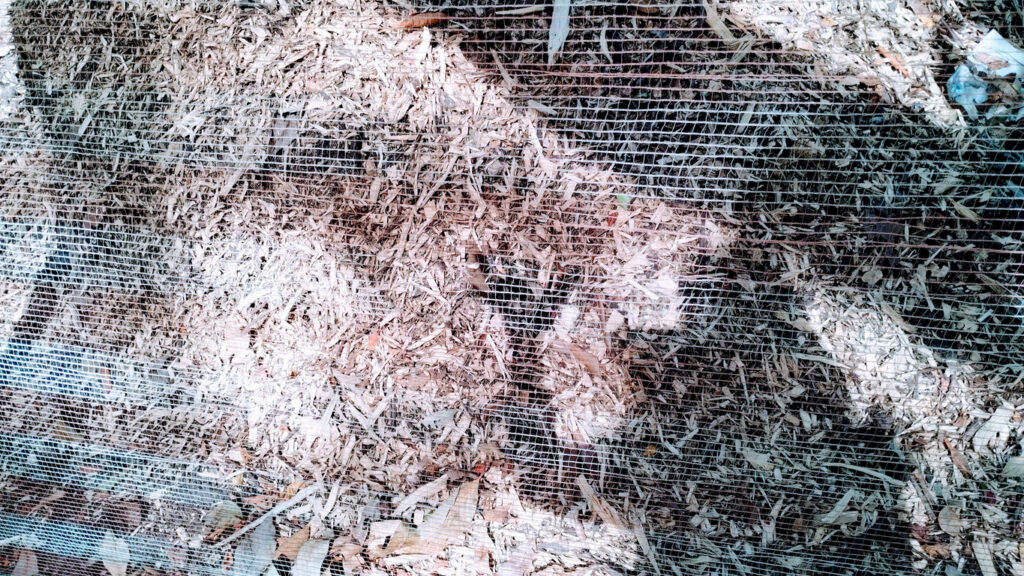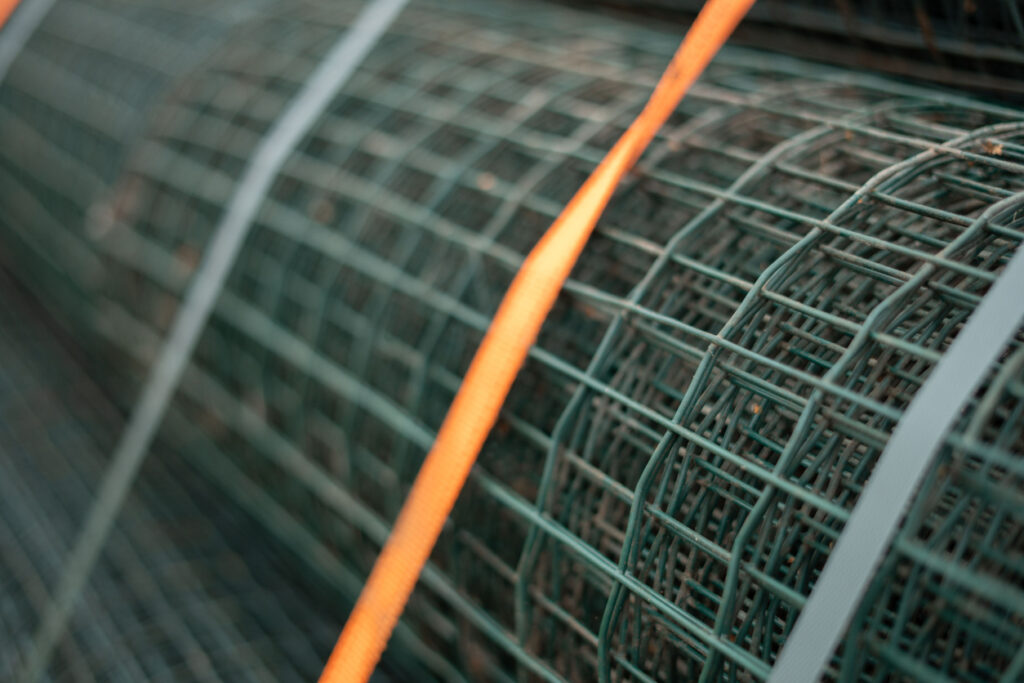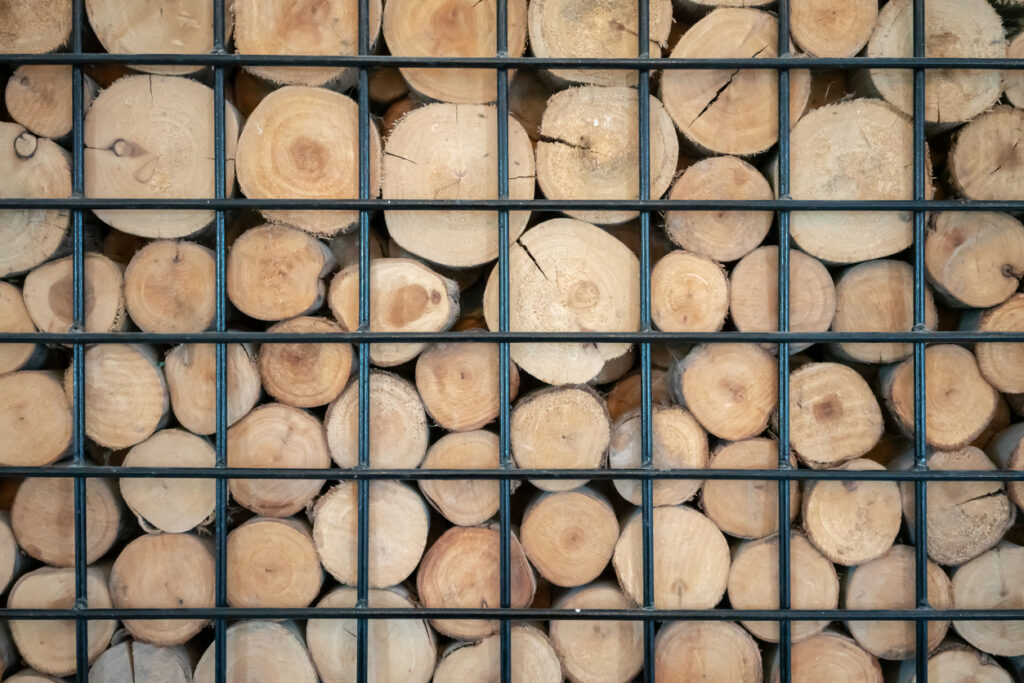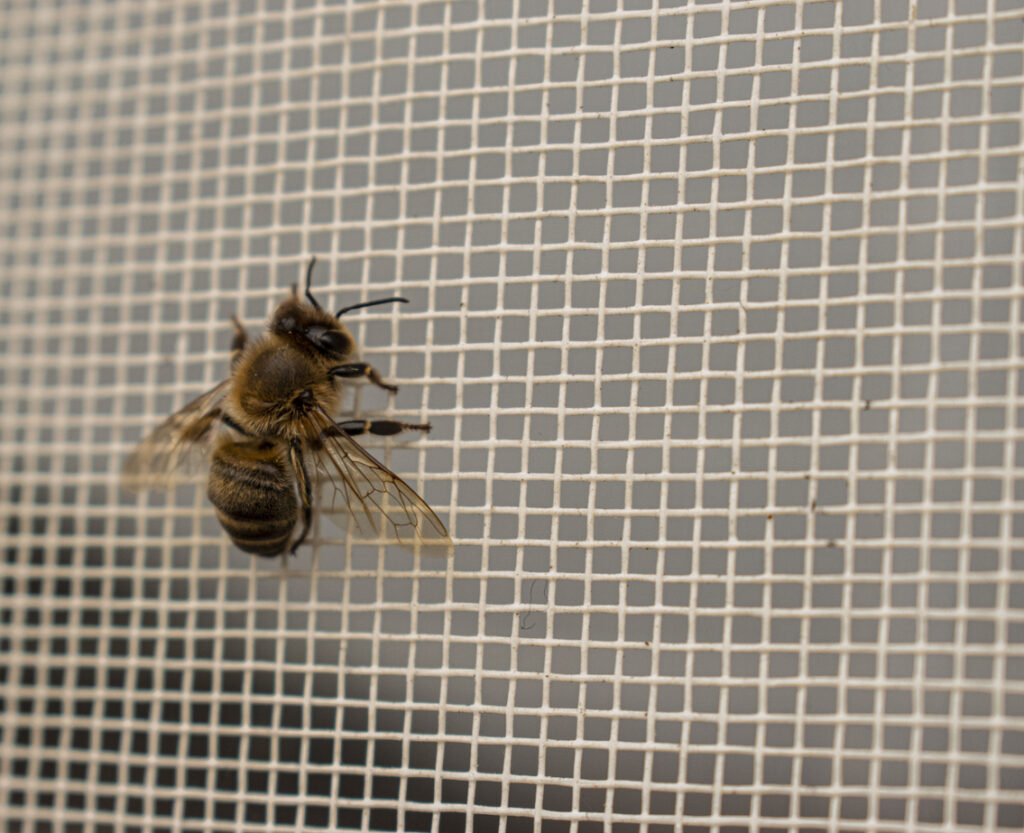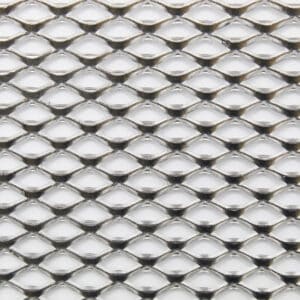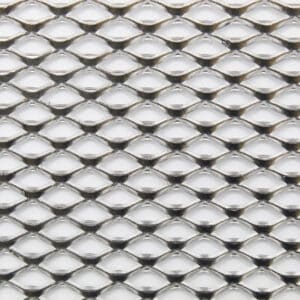









Expanded metal lath has become an indispensable material in various construction and architectural projects, thanks to its strength, versatility, and aesthetic appeal.
At the core of the successful utilisation of this material is the skillful art of cutting and shaping, particularly when working with specific types such as 10 x 8mm mild steel expanded metal.
In this super comprehensive guide, we will delve into expert techniques and tips to ensure you achieve precision and efficiency in your projects.
Let’s get into it…
Before diving into the techniques, it’s crucial to understand the properties and applications of 10mm mild steel expanded metal.
Mild steel, known for its ductility and malleability, is an ideal material for creating expanded metal.
The 10 x 8mm size refers to the size of the openings in the mesh, offering a balance between strength and open area, making it perfect for a range of applications including cladding, security panels, and filtration systems.
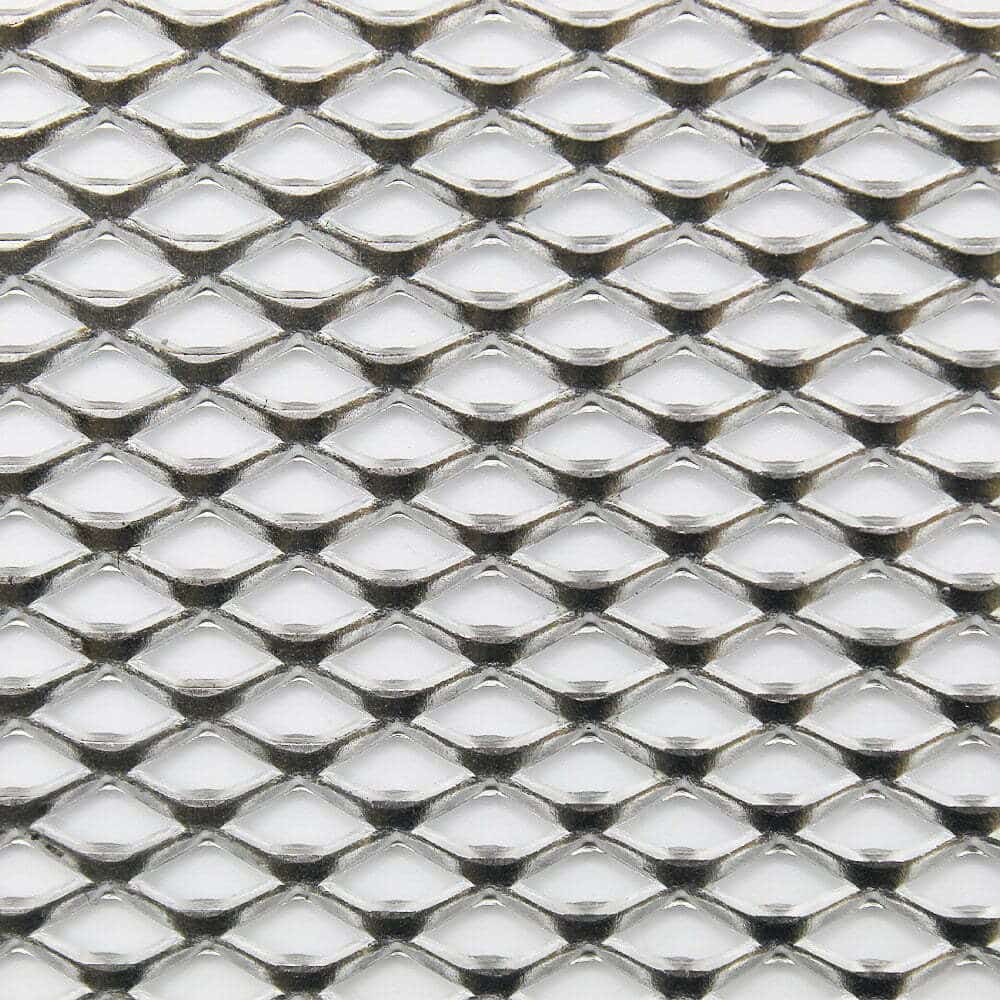
Before starting your project, ensure you have the right tools and safety gear.
For cutting and shaping expanded metal lath, you will need:
For both functionality and aesthetics, it is crucial to achieve precision and clean edges when working with 10 x 8mm mild steel expanded metal.
Here are detailed techniques to help you accomplish this:
The process of shaping expanded metal, especially mild steel 10 x 8mm, involves both art and science. To mold a material into a desired shape, it is necessary to understand its properties and employ the right techniques.
Here’s a detailed look at some shaping methods:
After the cutting and shaping phase, finishing and protection are crucial to ensure both aesthetic appeal and longevity of the metal:
Using these shaping techniques and following these tips, you can create high-quality, durable, and aesthetically pleasing designs and structures out of mild steel expanded metal 10 x 8mm.
Your final product’s quality is greatly influenced by how well you shape and finish it.
As always, thank you for checking out our blog. We hope that this helps you with your project. We try to launch a couple of new guides every week. Eventually we will have covered everything there is to cover about mesh.
You may be interested in our blog that explores mild steel perforated sheet metal.
Our goal for our blogs and help guides is to answer as many questions as possible to help to explain the possibilities of mesh to our customers.

